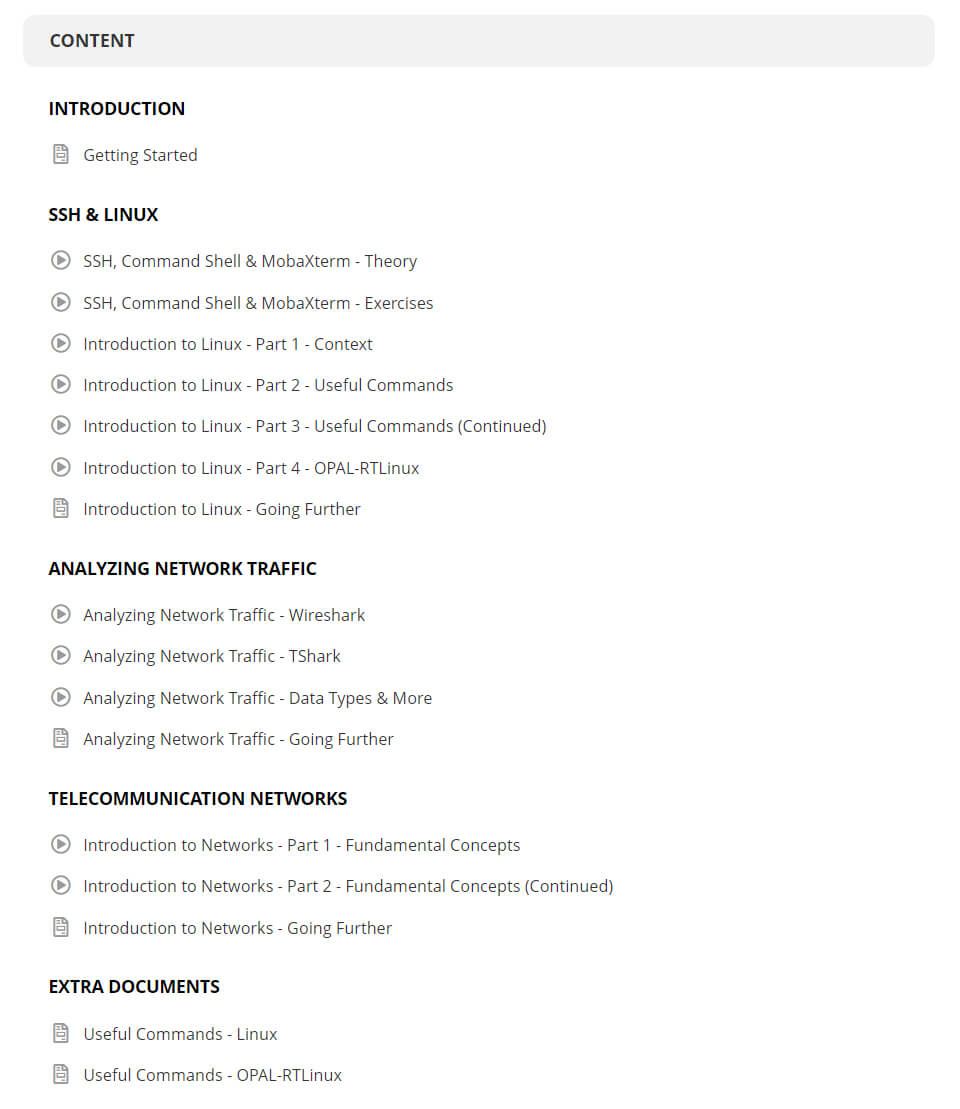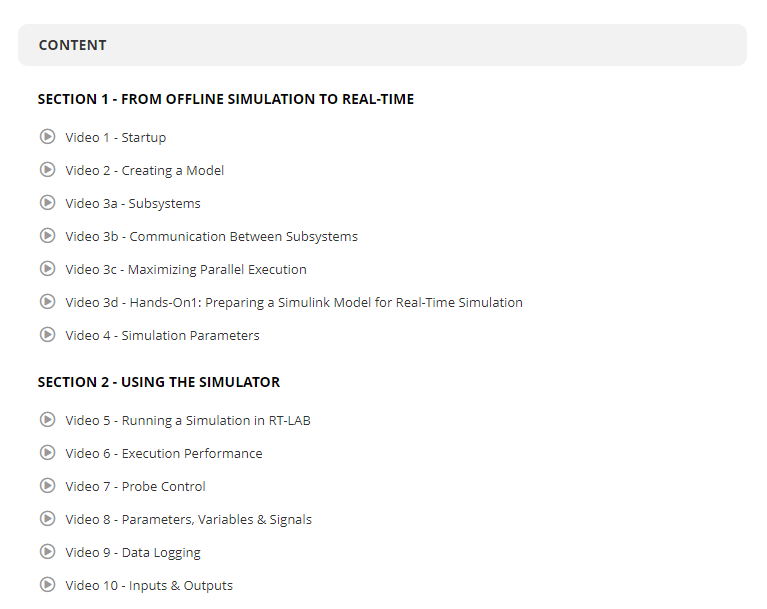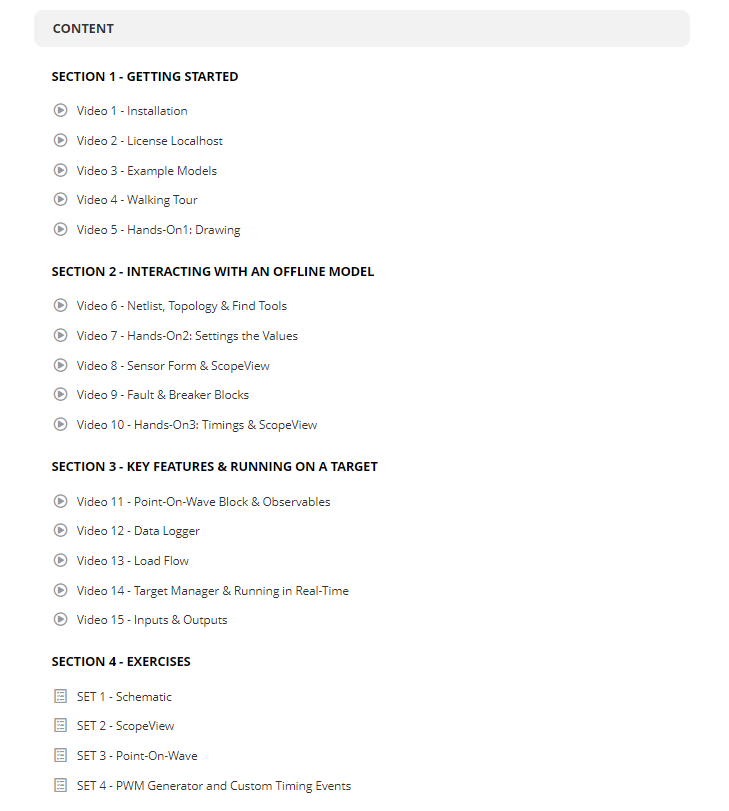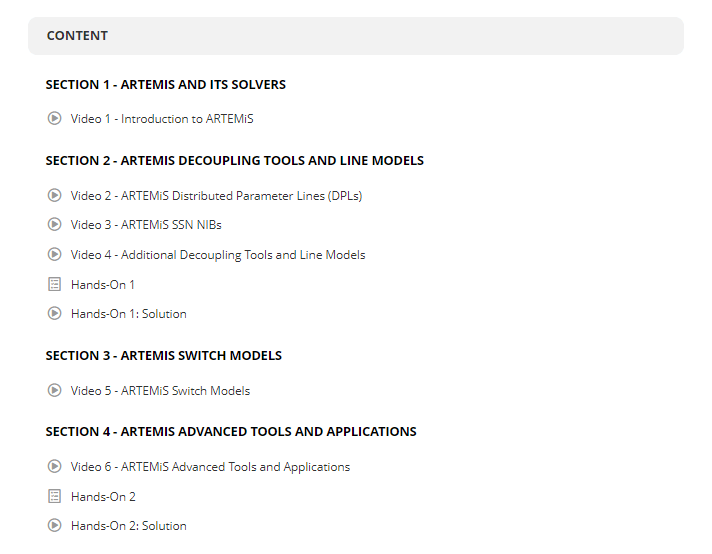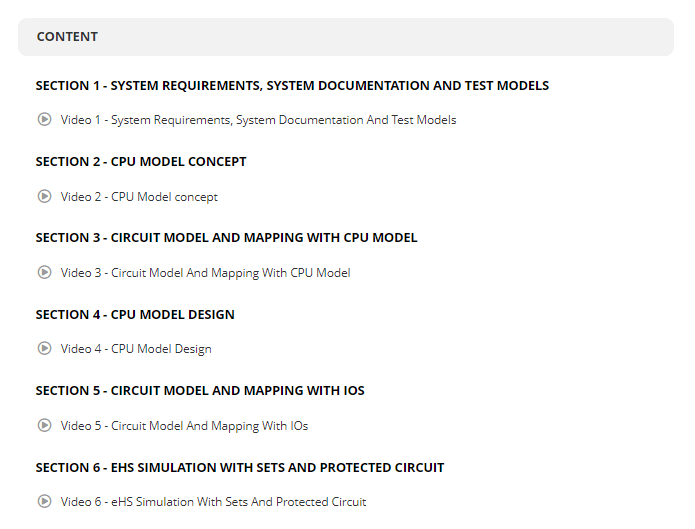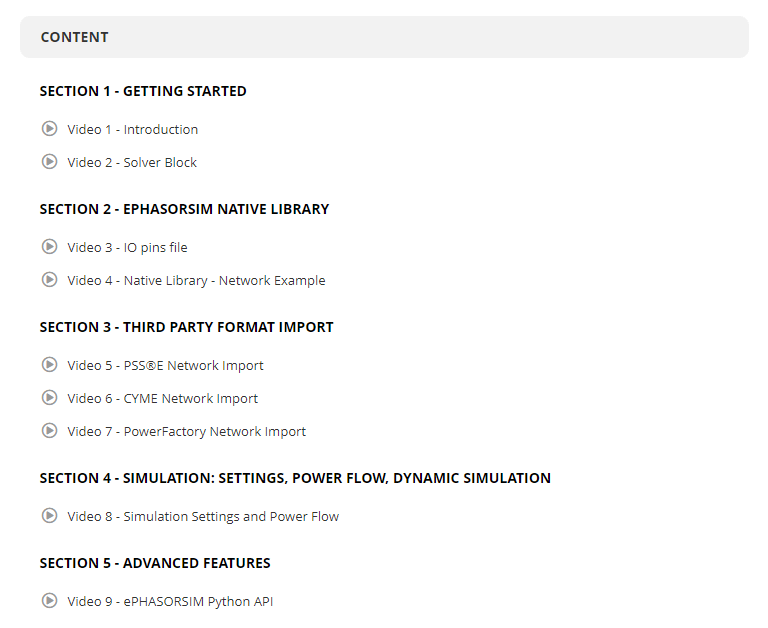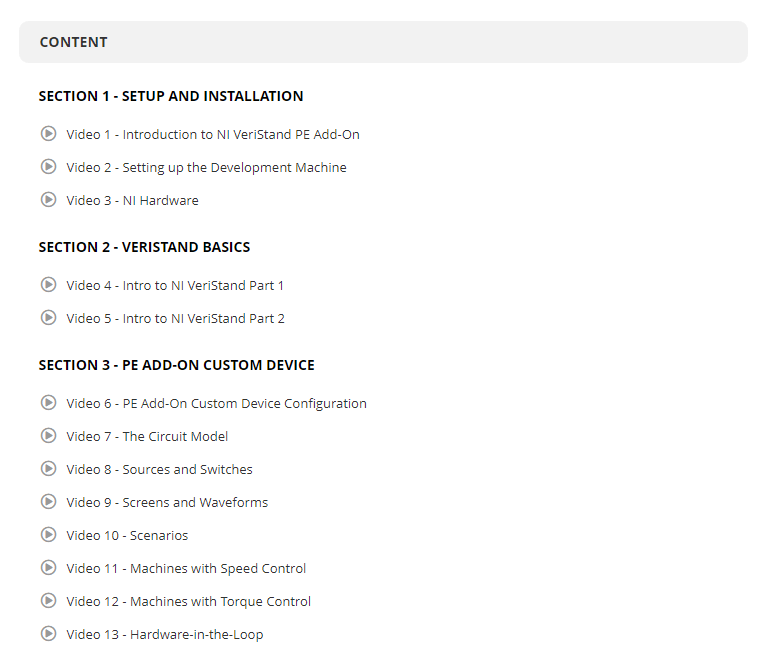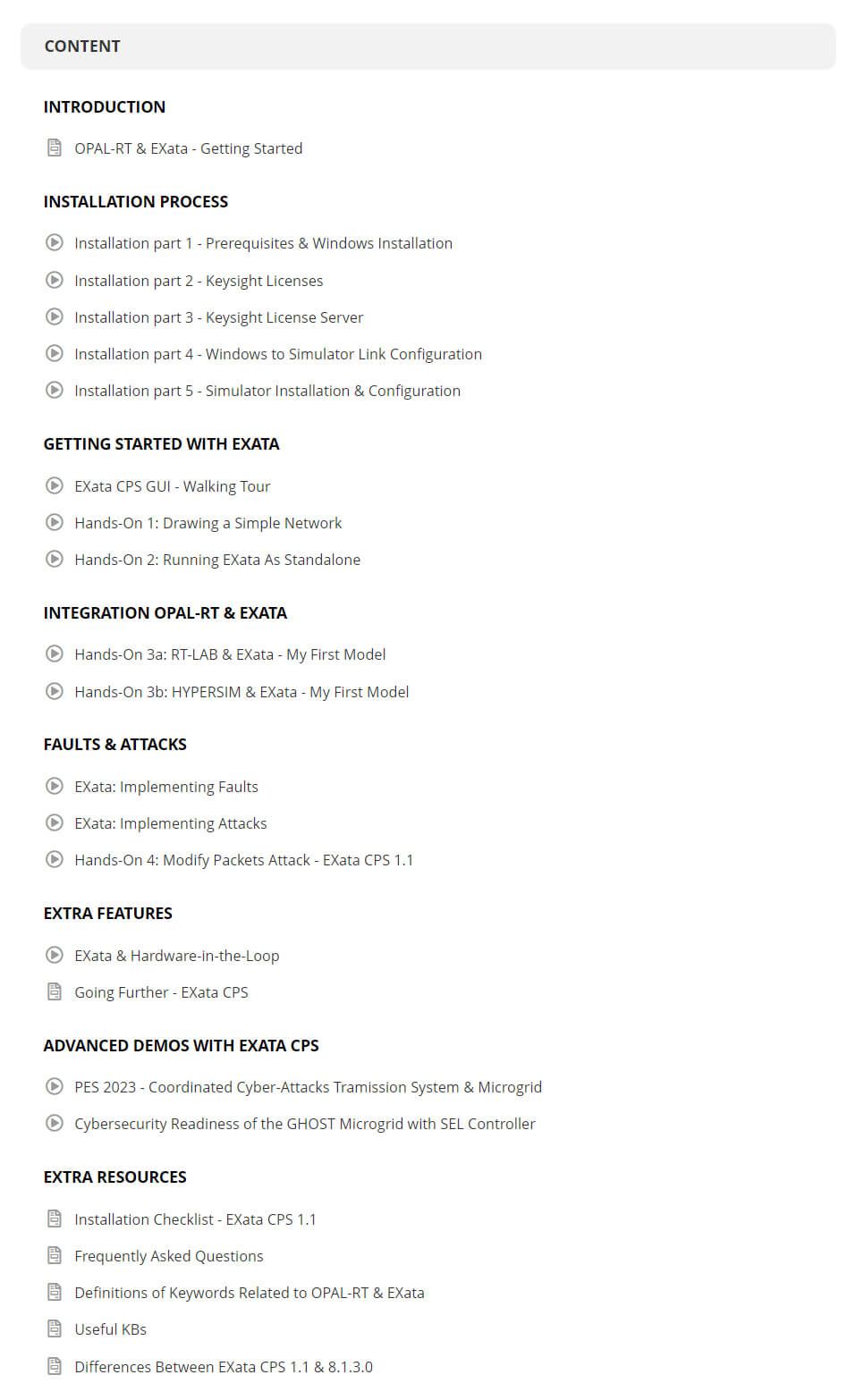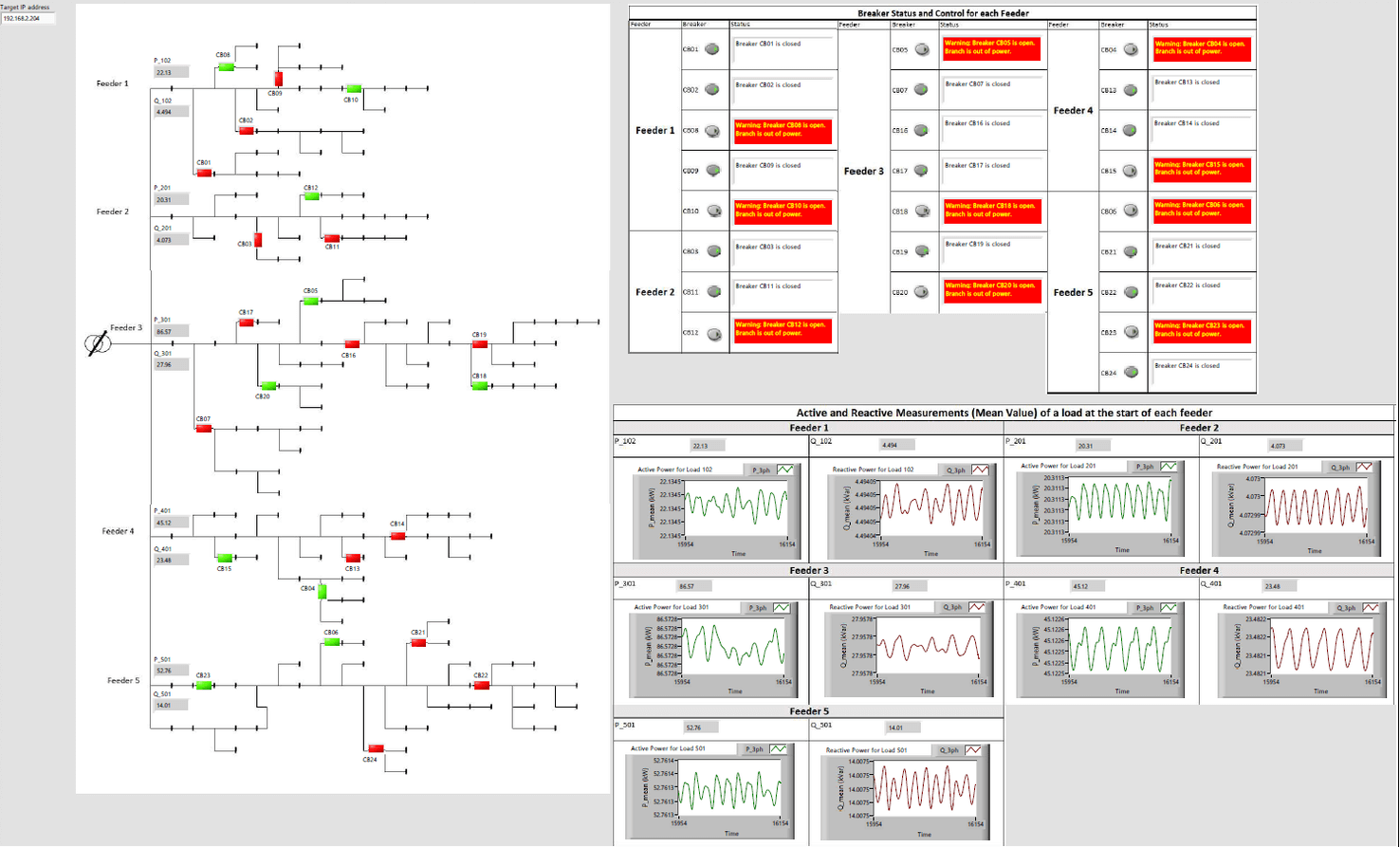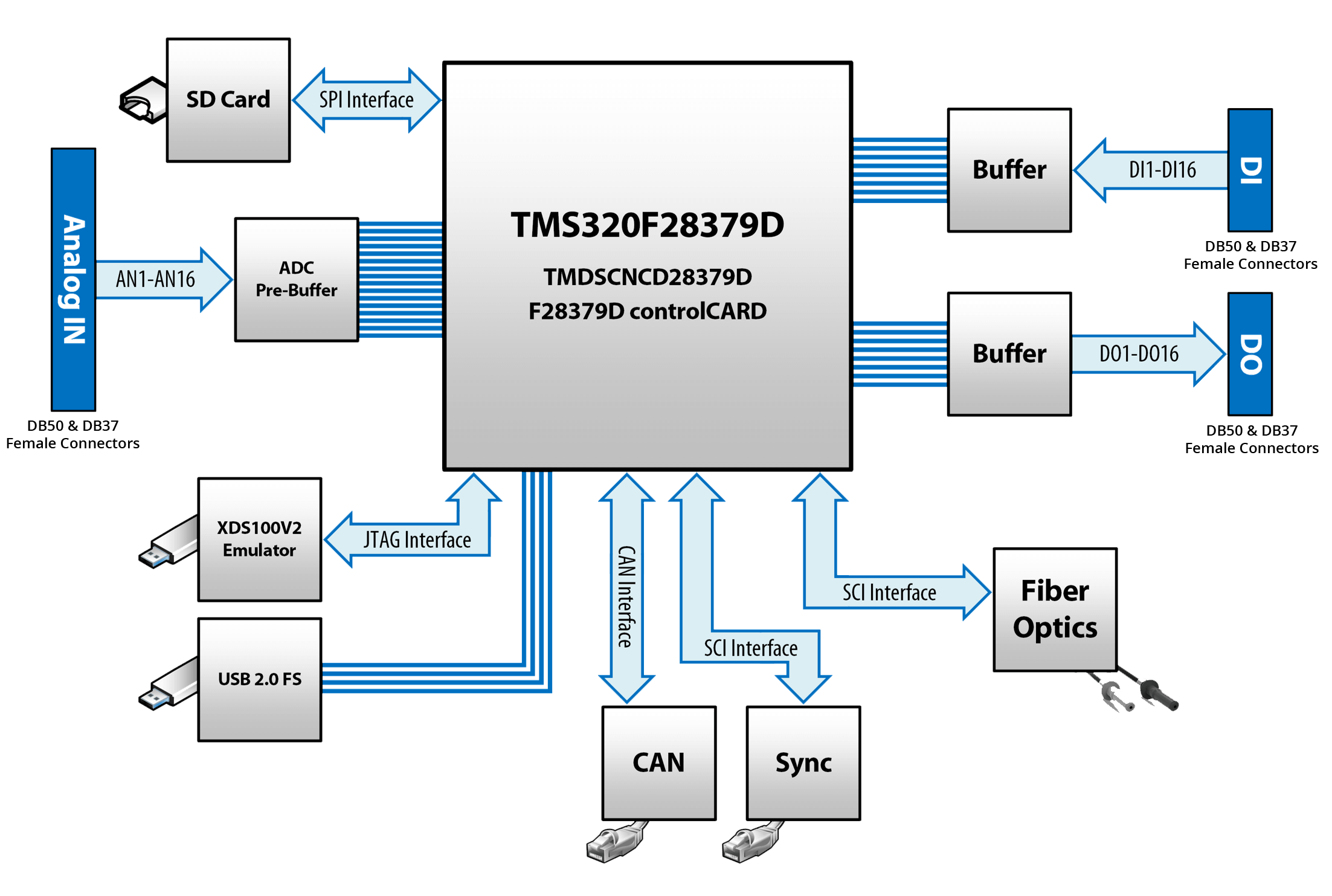Knowledge Base
Welcome to OPAL-RT’s Knowledge Base
OPAL-RT offers a repository of support information for optimal use of its technology.
Please note that OPAL-RT knowledge base is not fully optimized for mobile platforms.
For optimal experience, use a desktop computer.
|
Reference Number: AA-02349// Views: AA-02349// Created: 2024-09-19 03:33:46// Last Updated: 2024-09-20 04:53:53 HowTo How to perform travelling wave analysis on transmission line with EMPT-RV .pun file (Artemis Marti FD Line) For Electromagnetic transient simulation, EMPT-RV is used for travelling wave analysis on transmission line, the transmission line parameter can be exported into .pun format. If the customer wants to perform the Electromagnetic transient real time simulation with the EMPT-RV .pun file in RT-LAB, Marti-line in the Artemis block set can be used. By following the instruction in: C:\OPAL-RT\ARTEMIS\v7.X.X.XX\art_r2021b\auxiliary_routines\marti_fd_line\line_param 1.By using the fdline_from_cable_read_pun_file.m, customer can replace the ,pun and change the line parameter variable: 2. When we run the .m script, line parameters will be obtained, which will be the variables in the Marti-FD line block: If we want to use another Marti FD line with different parameter, we can import another .pun flie, while please note that the variable name, file name and fdfit name should be changed: 3. Then in the simulink model, we can enter the Line data variable in the Marti Line block: 4. Then load the fdliine parameter .mat file in Preload and initFcn: The offline model will be running, electromagnetic transient can be observed: 5. Then we can put the offline model into SM subsystem and perform the real time simulation, However, we have to add the generated .mat files to the "files properties", and make sure set transfer time as before compilation, so that the parameter will be read at the compilation stage. 6. After we build, load and execute the model, we can get the same result as our offline simulation. |

